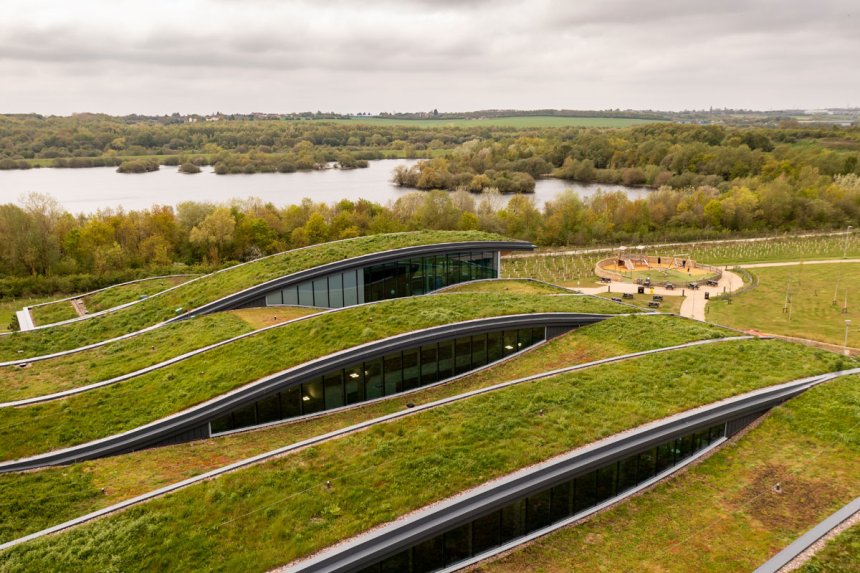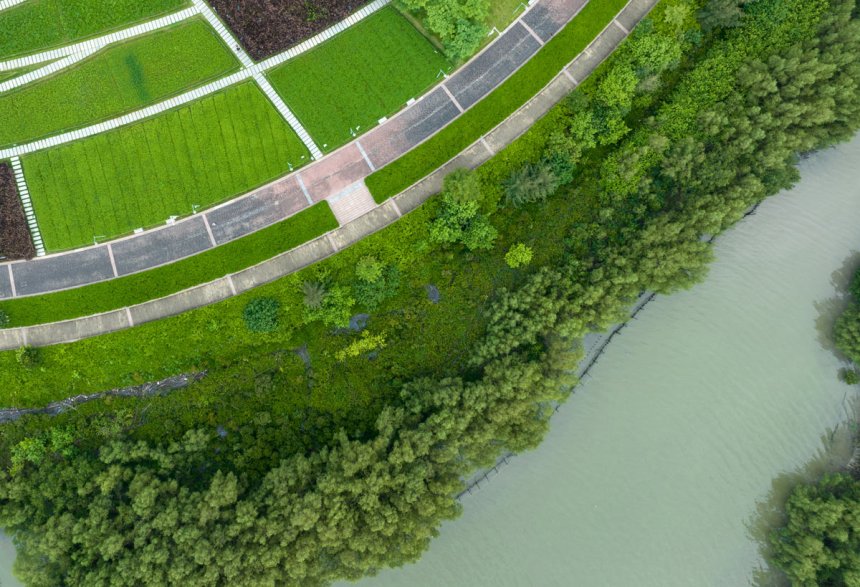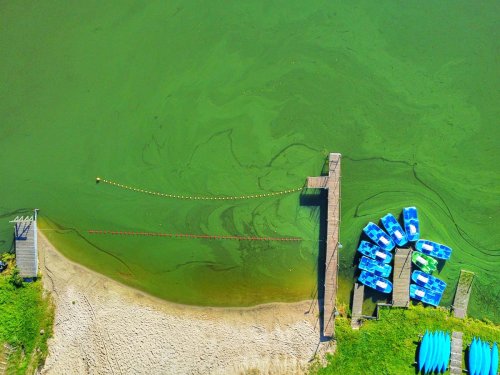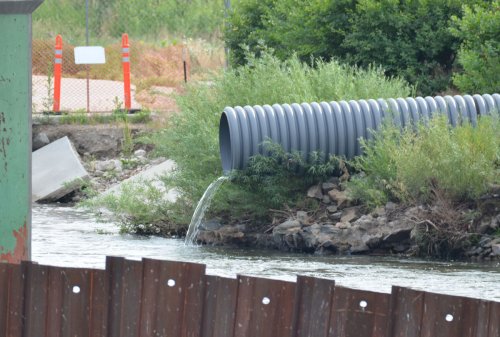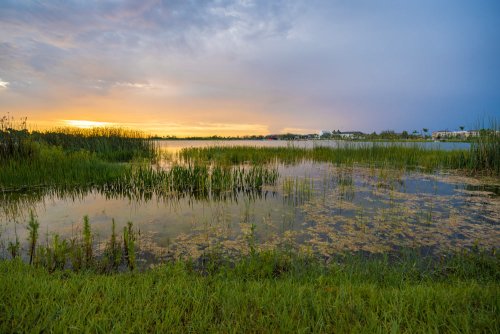Retrofit Playbook: Turning Vacant Lots into Stormwater Parks
Every city block dotted with vacant parcels holds an untapped reservoir of stormwater capacity and civic pride. By treating retrofit projects as both critical infrastructure and public realm investments, municipal leaders can transform neglected land into parks that pay ecological, social, and economic dividends for decades.
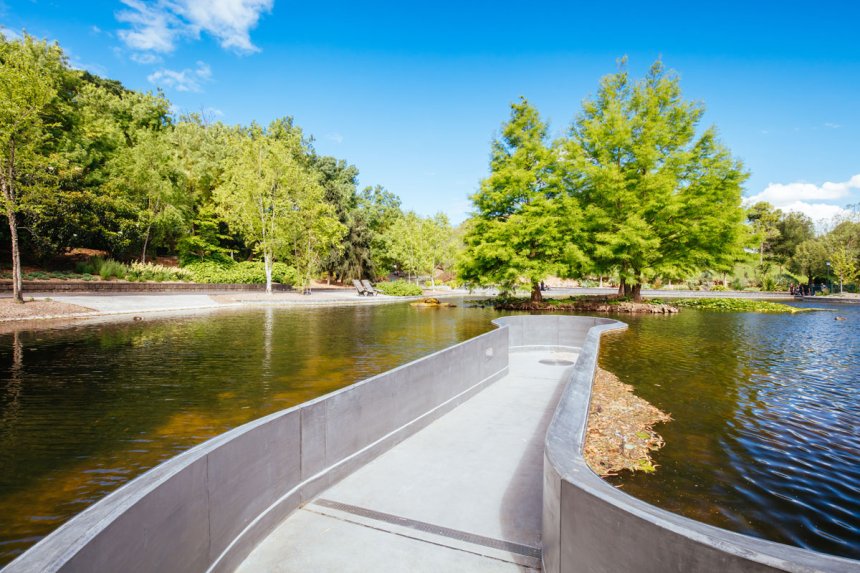
Vacant lots sit like missing teeth in many communities, collecting trash while shedding polluted runoff into overworked storm drains. Re-imagined as stormwater parks, these gaps become green lungs that capture rainfall, cool neighborhoods, and revive local economies. The retrofit process is less a single construction project than a careful choreography of hydrology, soil science, design, and community partnership. What follows is a step-by-step playbook for municipalities that want to turn yesterday’s liabilities into tomorrow’s public assets.
Read the Landscape before You Draw It
Begin with a watershed-scale look at drainage patterns, soil infiltration rates, underlying utilities, and potential contaminants left by previous uses. The U.S. Environmental Protection Agency’s “Green Infrastructure in Parks” guide recommends combining GIS mapping with on-the-ground soil borings and infiltration tests to pinpoint where stormwater storage will work best (epa.gov). A vacant corner lot at the low point of a neighborhood may manage an entire block’s runoff more economically than upslope micro-features scattered along the curb.
Align Community Needs with Hydrologic Goals
Stormwater detention basins do not have to look like engineering tools. Atlanta’s 5-acre Historic Fourth Ward Park hides a seven-million-gallon detention pond beneath walking trails, an amphitheater, and playgrounds. The park cuts trunk-sewer peak flows by 9.6 percent, about 44 million gallons during a 10-year storm, while generating a two-billion-dollar wave of adjacent private investment (landscapeperformance.org). Early charrettes with residents, recreation staff, and public-works engineers ensure the final plan captures both water and imaginations.
Think beyond the Fence Line
Stormwater parks work hardest when they knit into a larger green-infrastructure network. Philadelphia’s Green City, Clean Waters program layers rain gardens, tree trenches, and pervious pavements across dozens of neighborhoods to keep billions of gallons out of combined sewers each year (water.phila.gov). Selecting a vacant lot that abuts a schoolyard, transit stop, or greenway magnifies educational and mobility benefits while expanding the drainage catchment.
Secure Diverse Funding Streams
Stormwater utilities can fund the hydraulic elements, while parks and recreation budgets often cover amenities such as lighting or play equipment. Environmental-impact bonds, like the $54 million issue Buffalo Sewer Authority closed to finance green infrastructure, attract private capital when savings from reduced CSO fines or treatment costs can be measured . Non-profit partners can supply volunteer labor and grant writing heft; Philadelphia Horticultural Society’s LandCare program has already greened more than 12 000 vacant lots through a mix of city contracts and philanthropic support (phsonline.org).
Design for Multiple Storms and Multiple Users
A retrofit must handle daily drizzles without turning into a mud pit and still keep pace with cloud-burst events. Tiered basins, forebays, and planting shelves distribute water across layers of soil and vegetation, slowing flows while providing distinct habitat zones. Interpretive markers that show 10-, 100-, and 500-year flood elevations, as used in Historic Fourth Ward Park, become teaching tools as well as design flourishes (landscapeperformance.org).
Build Maintenance into the DNA
Greened vacant lots fail when weeds overrun rain gardens or inlet grates clog. The EPA notes that cities such as Cleveland, Baltimore, and Buffalo use “green pattern books,” volunteer adoption agreements, and workforce-development crews to keep retrofits functioning and attractive (epa.gov). Draft an operations manual before groundbreaking, identify funding for routine tasks, and train local staff and community stewards together.
Measure What Matters, and Share the Wins
Track gallons of runoff detained, pollutants removed, park visits, heat-index reductions, and nearby property-value trends. Data showing sharp declines in neighborhood flooding or upticks in home values, such as the 118 percent boost in the share of homes gaining value around Atlanta’s park (landscapeperformance.org), turn skeptics into champions and help secure the next grant cycle.
Case Studies at a Glance
-
Historic Fourth Ward Park, Atlanta: Brownfield turned into 17 acres of mixed recreation and flood control, eliminating the need for a costly underground storage tunnel.
-
PHS LandCare Lots, Philadelphia: Simple turf-and-tree treatments on thousands of small parcels lower crime, raise property values, and soak up street runoff.
-
Hunter’s Point South Park, Queens: Former industrial waterfront reshaped into wetlands, promenades, and upland lawns that double as tidal buffer and stormwater capture zone.
-
Buffalo “Rain Check 2.0” Sites: Demolition footprints rewoven into bioswales and porous plazas financed through an environmental-impact bond.
Every city block dotted with vacant parcels holds an untapped reservoir of stormwater capacity and civic pride. By treating retrofit projects as both critical infrastructure and public realm investments, municipal leaders can transform neglected land into parks that pay ecological, social, and economic dividends for decades. The playbook above is not prescriptive, but it shows the spine of a process that has already succeeded from Atlanta to Philadelphia. With careful site analysis, inclusive design, solid funding, and ongoing stewardship, your next stormwater permit requirement could be the catalyst for a vibrant new neighborhood park.

